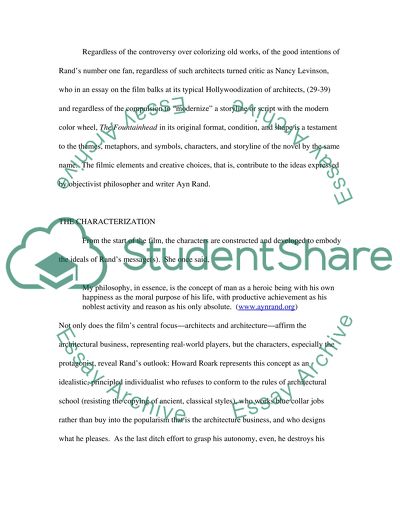Cite this document
(“Form and Function in The Fountainhead Movie Review”, n.d.)
Form and Function in The Fountainhead Movie Review. Retrieved from https://studentshare.org/performing-arts/1525504-fountainhead
Form and Function in The Fountainhead Movie Review. Retrieved from https://studentshare.org/performing-arts/1525504-fountainhead
(Form and Function in The Fountainhead Movie Review)
Form and Function in The Fountainhead Movie Review. https://studentshare.org/performing-arts/1525504-fountainhead.
Form and Function in The Fountainhead Movie Review. https://studentshare.org/performing-arts/1525504-fountainhead.
“Form and Function in The Fountainhead Movie Review”, n.d. https://studentshare.org/performing-arts/1525504-fountainhead.


